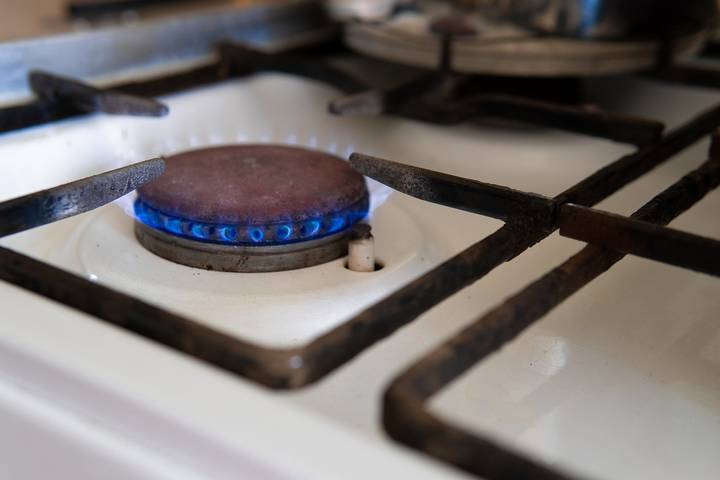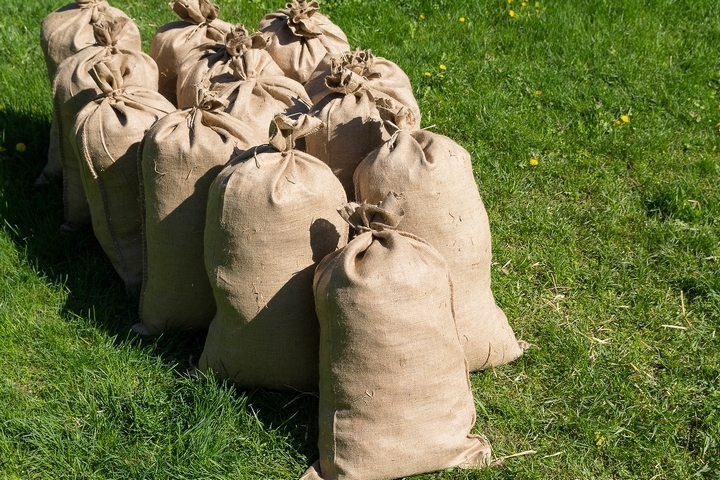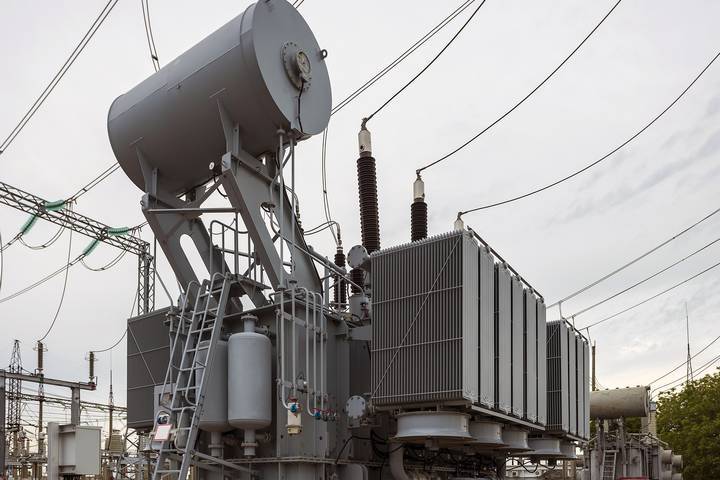Biogas is a renewable energy source comprising methane and carbon dioxide. Creating biogas involves the decomposition of organic matter through the anaerobic process. Bacteria break down animal and plant waste without oxygen to emit methane and carbon dioxide gases.
Biogas can include additional gases like hydrogen sulphide, nitrogen, and traces of other gases. Industrial countries produce biogas on a large scale using small and large-scale digesters. It is a viable alternative to energy sources like charcoal and wood, which harm the environment.
Biogas is a low-carbon renewable energy source that proves to be a big deal in today’s world. It is rapidly becoming among the most viable solutions to atmospheric pollution through carbon dioxide emission. Therefore, the production and use of biogas require adequate campaigns and emphasis to create a cleaner planet.
Biogas has many uses. Here are the different applications of biogas in the real world:
Biogas Application #1: Biogas for Lighting

External combustion of biogas helps heat stirring motors using heat exchangers. With the expansion of gas in the Stirling, biogas generates electricity. In addition, you can use biogas to power gas lamps for commercial and home use. A biogas lamp produces a lighting intensity equivalent to a 25 to 75W electric bulb.
Many families worldwide today have access to easier lighting thanks to the biogas system. However, there is limited use of biogas for this purpose because it is expensive and it has low efficiency.
Biogas Application #2: Biogas for Cooking

Biogas is a reliable alternative cooking fuel compared to wood and charcoal. You can choose many biogas stoves in the market according to your taste. Unlike the other two, biogas is environmentally friendly since it does not emit harmful gases into the atmosphere.
Besides stoves, there are other biogas-related widely-used home appliances, but you will need skills to use them. For example, you need the necessary skills or the help of an expert to connect the pipes from the biogas plant to your kitchen and use it for cooking. Using the relevant instruments, you can also use biogas to heat spaces and water.
Application #3: Biogas and Fertilizer Production

Biogas is an essential component in producing bio-slurry, a home fertilizer. It comprises plant materials, water, and other nutrients like ammonia and phosphorous. Studies show that these nutrients are essential in retaining soil fertility, enhancing crop growth and production.
Bio-slurry is beneficial in many ways, including the following:
- Repairing damaged soil structure.
- It is a natural pest control as it kills insects and pests that threaten your crops.
- It is best at adding nutritional value to livestock fodder.
- It reduces the menace of organic waste maintenance.
Here are some uses of bio-slurry.
Developing bio-fertilizers
The digester slurry is rich in ammonia and other nutritional components useful as organic fertilizers.
Fertigation of Fishponds
Adding slurry into a fishpond enhances the growth of algae. Using this method proves to be better than raw manure.
Essential Animal Supplements
Biogas slurry is a trusted supplement in pig and poultry rations.
Application #4: Biogas as Alternative Gas

Biogas is a sure alternative to compressed natural gas in many aspects. You can also use it in place of hydrogen in hydrogen fuel cells. In addition, experts use biogas in place of natural compressed gas to produce heat and electricity for power plants.
Nonetheless, you cannot use this form to run vehicles. Running vehicle applications requires you to process biogas at a higher purity standard. The process for purifying biogas for vehicle applications is known as upgrading or conditioning. It involves the removal of carbon dioxide, water, and hydrogen sulphide, among other impurity traces.
The resulting product, biomethane, contains a higher percentage of methane compared to raw biogas. The high methane content makes this product comparable to natural gas. Hence, it is a reliable energy source for pipeline-quality gas applications like vehicles.
Application #5: Displacement of Carbon Dioxide in CHP Plants

Carbon Heat and Power plants only need limited fuel to produce a specific energy output and avoid distribution and transmissions that are sometimes inevitable when electricity passes over power lines. These plants operate more efficiently by capturing heat energy likely to go to waste. In the long run, this operation significantly reduces carbon dioxide transmissions, depending on the application.
Due to its ability to capture and use waste energy, a CHP plant can use limited fuel sources better than other less efficient technologies. So, these plants can survive on low-carbon renewable resources such as biomass, wood, digester gas, and biofuels. Plants like wastewater treatment plants, landfills, and paper mills use these energy sources.
On the other hand, low-carbon biomass and biogas play a significant role in these plants’ operations as they remain the most economical options. As a result, carbon dioxide emissions are significantly lower in this clean energy sector, with a larger electricity share coming from clean and renewable energy sources. Therefore, CHP plants that can access low-carbon dioxide use to save the planet from excessive carbon dioxide. However, it is not accessible to all plants due to its cost.




